Guide To Nehru Zoological Park With Tips For An Enjoyable Visit In 2025
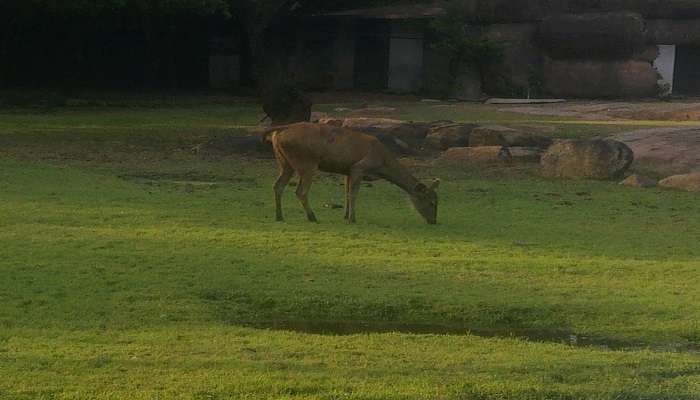
Located in Hyderabad, the Nehru Zoological Park is an adventure hub of fun-filled discovery for wildlife enthusiasts and families alike. This expansive 380-acre zoo comprises a wide variety of animal species—big cats like majestic lions, mischievous primates, colourful birds, and interesting reptiles. The park, laid out over 380 acres, was designed in 1963 and got its name from the first Prime Minister of India, Jawaharlal Nehru. It has grown as one of the top-rated zoological parks in the country. Watching the animals at close range, strolling amidst its lush green landscape, and participating in educational exhibitions make Nehru Zoological Park a great time for every age group. This guide gives you some essential tips to make your visit to this remarkable destination enjoyable and hassle-free.
Nehru Zoological Park Animals
The Nehru Zoological Park enriches these Hyderabad tourist attractions with a differentiated and peculiar regional range of wildlife, especially those habituated in high-altitude environments. The zoo reflects its motivation towards conservation and education by maintaining naturalistic habitats and spreading awareness about endangered species. Visitors can stroll through this fascinating array of mutated big cats to charm red pandas and let this rich biodiversity enhance their knowledge.
1. Big Cats
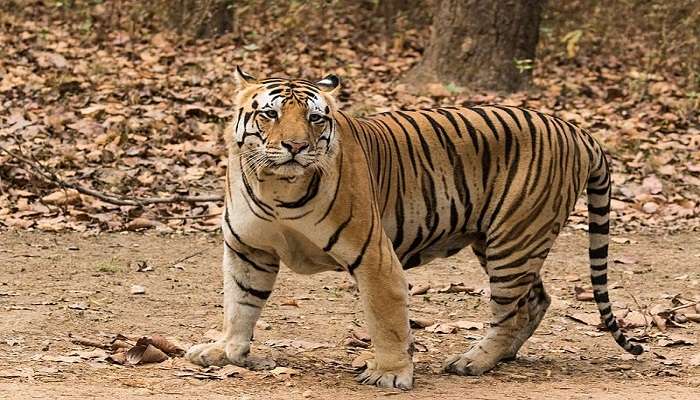
One of the main attractions of the zoological garden is the Royal Bengal Tiger. With his regal majesty and coats of bright orange colour with black stripes, these magnificent creatures are known all over the world and are endemic to the thick forests and mangroves of India. The zoo offers a spacious and enriched enclosure resembling the natural habitat of these powerful predators so that tourists can have a closer view of the animal.
Tip: Catch the tiger enclosure during feeding displays—normally in the mornings—to view the mighty predator in action and learn more about their natural habits from the keepers.
Also Read: Wonderla Hyderabad
2. Snow Leopard
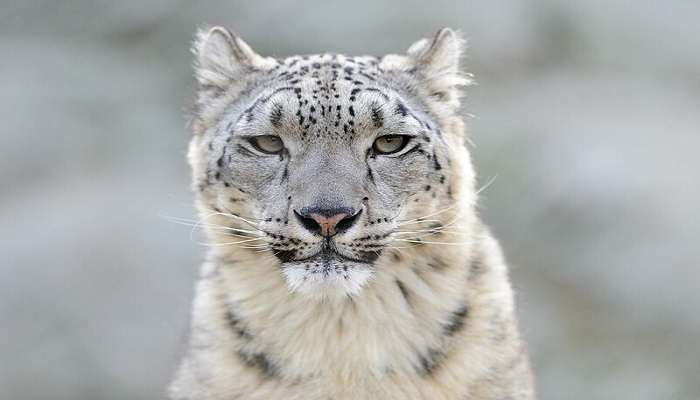
Another highlight is the elusive snow leopard, which does well in the high-altitude terrain of the zoo. Known for its thick beautiful fur and long bushy tail, the snow leopard is adapted to the cold climates of the Himalayas. It is thus expected that by housing this endangered species, people can become more aware of the challenges to their conservation in the wild.
Tip: Visiting during early morning or late afternoon is recommended since it is the time snow leopards are active and wandering around their enclosure. When it becomes hot, they seldom come out during the middle of the day.
3. Red Panda
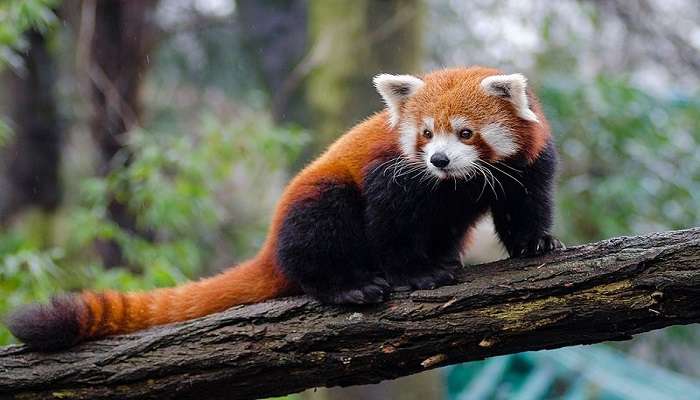
The charmer is the red panda, which is the visitors’ favourite. The red panda is a mammal from the Himalayas and southwestern China. It has reddish-brown fur and a bushy tail with many rings. The enclosure for the red pandas in the zoo is tailored to provide comfort by having plenty of trees and climbing structures, which imitate their natural habitat and behaviour.
Tip: These red pandas are most active at dawn and dusk. It is thus best to visit them during these times of the day when they are climbing, playing, and foraging on their trees or climbing structures.
Related Post: Hotels Near Golconda Fort
4. Himalayan Black Bear
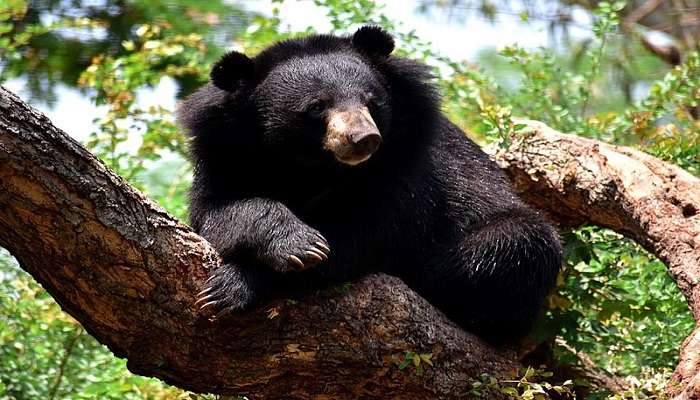
Another important resident of the zoo is the Himalayan black bear. These bears are characterized by their jet-black fur and a striking white crescent on their chest. Since they live in the forests and mountainous terrain of the Himalayas, the enclosure with proper space and natural vegetation provides ample opportunities for the bears to exhibit natural behaviors.
Tip: Do check the zoo’s schedule for bear enrichment activities and feeding sessions. These are the best opportunities when one gets better views of the Himalayan black bears with them engaging in the environment and doing natural behaviours.
5. Tibetan Wolf

The Tibetan wolf is well-suited to cold, mountainous regions, with thick fur and sharp features. Wolves are little known, but they perform an essential task in maintaining the balance of the ecosystem. A display of the Tibetan wolf reveals characteristics of their behaviour, habitat, and the amount of conservation required to protect them in their natural habitat.
Tip: Upon entry to the Tibetan wolf enclosure, take a little time to sit and observe these rather reclusive creatures. Information boards throughout describe the social structures and status of wolves in relation to conservation.
Related Post: Hotels Near Chilkur Balaji Temple
6. Pheasants

The zoo also consists of different species of pheasant, including the brilliant Monal pheasant, which is an important mandate for the State of Karnataka. These gaudy birds are recognized through their bright feathers and intricate courtship rituals enacted throughout the mating season. Pheasantries have conditions simulated according to their normal habitat characteristics characterized by dense vegetation and open grazing areas.
Tip: Bring along a pair of binoculars to view the vibrancy of the pheasant’s plumage and behaviours more closely. Come during the breeding season to likely witness the rhythmic, elaborate mating displays and courtship rituals.
You May Also Like To Read: Pubs In Hyderabad
Bring yourself to the Nehru Zoological Park and enjoy an infinite moment of wild expedition in the heart of Hyderabad. Feel the feel of sightseeing majestic big cats, the graceful playing of red pandas, and beautiful colour-tinted pheasants housed in naturalistic enclosures. With its distinct high-altitude setting and commitment to conservation, this zoo promises an educational and enriching experience for visitors at large. Be a part of this rare opportunity to bond with nature and get an insight into the conservation of the rich variety of wildlife. Buy your tickets now and make the trip to Hyderabad simply unforgettable!
For our editorial codes of conduct and copyright disclaimer, please click here.
Cover Image Source: facebook
Frequently Asked Questions About Nehru Zoological Park
What are the timings of Nehru Zoological Park?
Nehru Zoological Park has seasonal timings, wherein it caters to the prevailing weather conditions. From March to October, during the summer months, visiting hours start from 9:30 am and end at 4:30 pm. During winter from November to February, one can visit between 10:00 am and 4:00 pm. The zoo remains closed to visitors on Mondays for maintenance and on certain national holidays; therefore, the visitor is advised to check for any updates before planning a visit.
How to reach Nehru Zoological Park?
Nehru Zoological Park is quite reachable, located in Bahadurpura, Hyderabad, through all means of transportation: people can reach the park by private vehicles or by taxi, even through app-based cab services like Ola and Uber. One can also reach there by buses running under TSRTC that are going toward Bahadurpura and auto-rickshaws. The nearest railway station is the Nampally railway station, Hyderabad Deccan, which is located at a distance of about 7 km. One can easily get a taxi and auto-rickshaw from the railway station. In addition, the zoo is just around 21 km from Rajiv Gandhi International Airport; hence, from here, reaching the zoo is quite easy through taxi or cab services for air travellers.
What kind of animals are there in Nehru Zoological Park?
This zoo is a reservoir of high-altitude wildlife. Major attractions include the Royal Bengal tiger, snow leopard, red panda, Himalayan black bear, and Tibetan wolf. Other endemics include a number of species of pheasants with brilliant feathers, like the Monal pheasant. The animal forms are all kept in enclosures designed to replicate their natural environments, thus enhancing one's experience of learning and understanding when one sees these animals.
Are there any special programs or activities at the zoo?
It does; the Nehru Zoological Park has some special programs regarding conservation education and wildlife awareness, such as guided tours, feeding sessions, and enrichment activities for the animals. The zoo also provides educational programs about wildlife for school-going groups and visitors to the zoo, focusing on the importance of wildlife conservation and adapting species at high altitudes. At the entrance or in the schedule, one can get information regarding the programs available during one's visit.
What are the facilities available at the zoo?
It is well-endowed with facilities that help in making a visitor's time at the zoo fulfilling. There are well-maintained pathways and viewing platforms that help in easy access and convenient wildlife observation. The information boards and educational signage placed within the premises will help the visitor learn about the animals and their habitats. Other facilities available include rest areas, drinking water facilities, and a small canteen offering refreshments at the zoo. There are also souvenir shops for purchasing keepsakes of the visit. The authorities also make available accessibility facilities so that the visit is comfortable for the disabled person, hence all can enjoy their time at the zoo.
People Also Read:
Kumana National Park Madhav National Park Khirganga National Park

With a passion for exploring and travelling to the roads long forgotten, experience the world through enthralling stories and adventures. Join me as I share my experiences at some of the world’s most popular tourist destinations and quench that pestering curiosity with something exciting!











